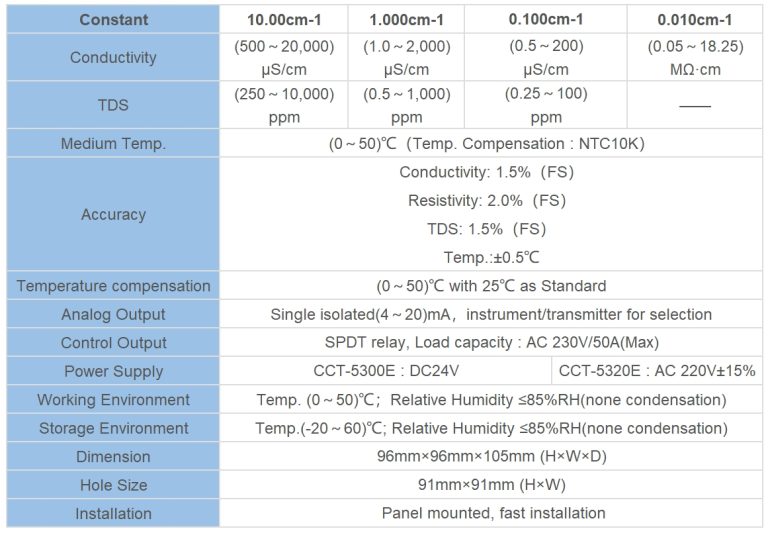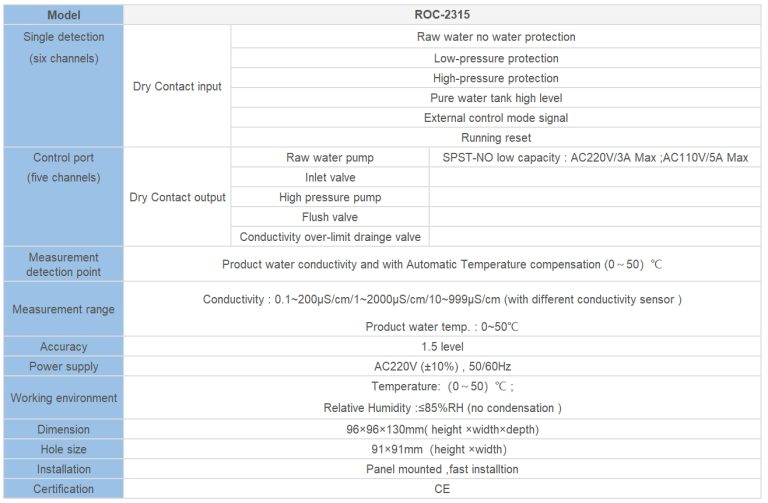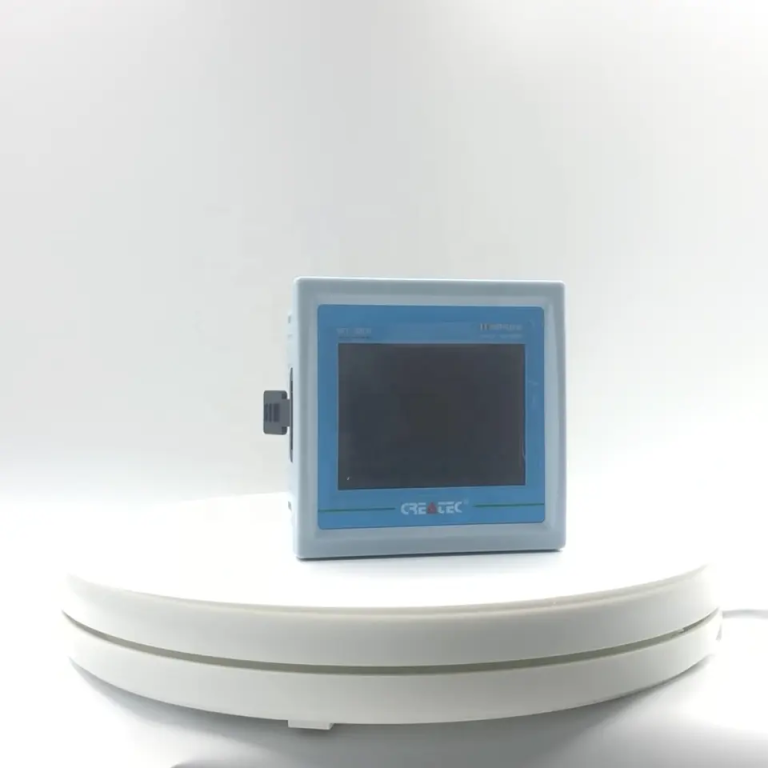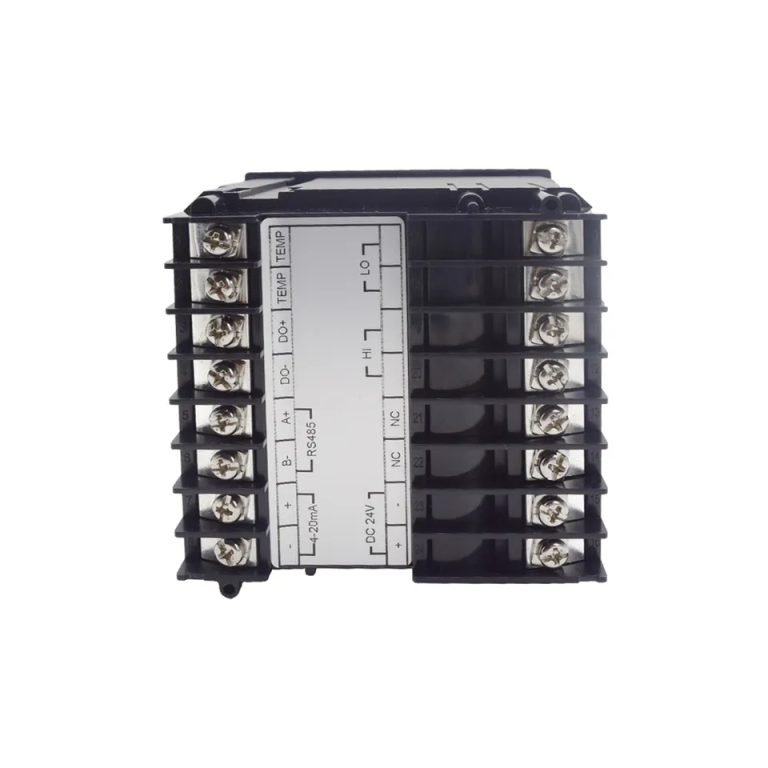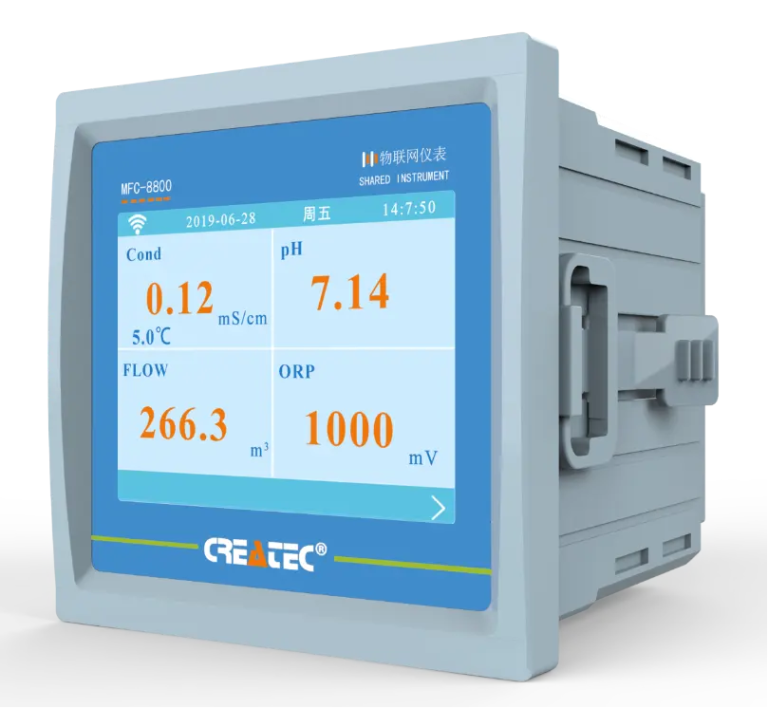Importance of Calibrating pH Meters
pH meters are essential tools used in various industries, including agriculture, food and beverage production, water treatment, and scientific research. These devices measure the acidity or alkalinity of a solution by determining the concentration of hydrogen ions present. Accurate pH measurements are crucial for ensuring the quality and safety of products, as well as for conducting reliable scientific experiments.
| Model | EC-510 Intelligent conductivity meter |
| Range | 0-200/2000/4000/10000uS/cm |
| 0-18.25MΩ | |
| Accuracy | 1.5%(FS) |
| Temp. Comp. | Automatic temperature compensation |
| Oper. Temp. | Normal 0~50℃; High temp 0~120℃ |
| Sensor | C=0.01/0.02/0.1/1.0/10.0cm-1 |
| Display | LCD Screen |
| Communication | 4-20mA output/2-10V/1-5V/RS485 |
| Output | High/Low limit dual relay control |
| Power | AC 220V±10% 50/60Hz or AC 110V±10% 50/60Hz or DC24V/0.5A |
| Working Environment | Ambient temperature:0~50℃ |
| Relative humidity≤85% | |
| Dimensions | 48×96×100mm(H×W×L) |
| Hole Size | 45×92mm(H×W) |
| Installation Mode | Embedded |
One common question that arises when using pH meters is whether they need to be calibrated regularly. The short answer is yes, pH meters do need to be calibrated to ensure accurate and reliable readings. Calibration is the process of adjusting the ph meter to a known standard solution to ensure its accuracy. Over time, pH meters can drift out of calibration due to factors such as temperature changes, electrode aging, or exposure to contaminants. Regular calibration helps to maintain the accuracy of the ph meter and ensures that it provides precise measurements.
There are two main types of calibration methods for pH meters: single-point calibration and multi-point calibration. Single-point calibration involves adjusting the ph meter to a single standard solution with a known pH value. This method is suitable for applications where only one pH value is of interest, such as testing the acidity of a specific product. Multi-point calibration, on the other hand, involves adjusting the ph meter to two or more standard solutions with different pH values. This method is more accurate and is recommended for applications where a wider range of pH values may be encountered.
When calibrating a ph meter, it is essential to use fresh standard solutions that are within their expiration date. Standard solutions should be stored properly and handled carefully to prevent contamination. It is also important to follow the manufacturer’s instructions for calibrating the ph meter, as different models may have specific calibration procedures.
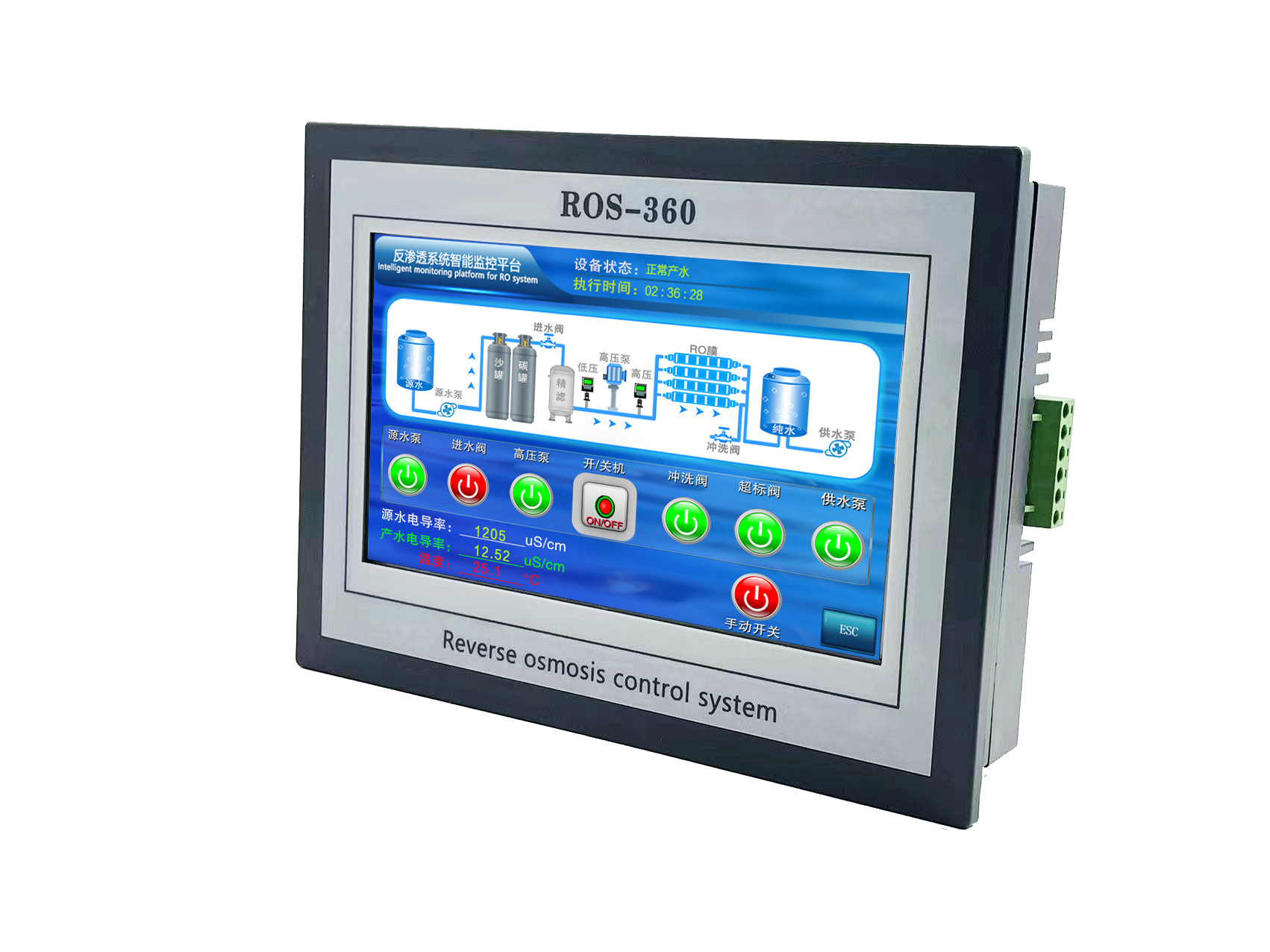
In addition to regular calibration, proper maintenance of the ph meter is also crucial for ensuring accurate measurements. This includes cleaning the electrode regularly with a suitable cleaning solution, storing the ph meter in a protective case when not in use, and replacing the electrode when necessary. By following these maintenance practices, the lifespan of the ph meter can be extended, and its performance can be optimized.
| Model | pH/ORP-810 pH/orp meter |
| Range | 0-14 pH; -2000 – +2000mV |
| Accuracy | ±0.1pH; ±2mV |
| Temp. Comp. | Automatic temperature compensation |
| Oper. Temp. | Normal 0~50℃; High temp 0~100℃ |
| Sensor | pH double/triple sensor; ORP sensor |
| Display | LCD Screen |
| Communication | 4-20mA output/RS485 |
| Output | High/Low limit dual relay control |
| Power | AC 220V±10% 50/60Hz or AC 110V±10% 50/60Hz or DC24V/0.5A |
| Working Environment | Ambient temperature:0~50℃ |
| Relative humidity≤85% | |
| Dimensions | 96×96×100mm(H×W×L) |
| Hole Size | 92×92mm(H×W) |
| Installation Mode | Embedded |
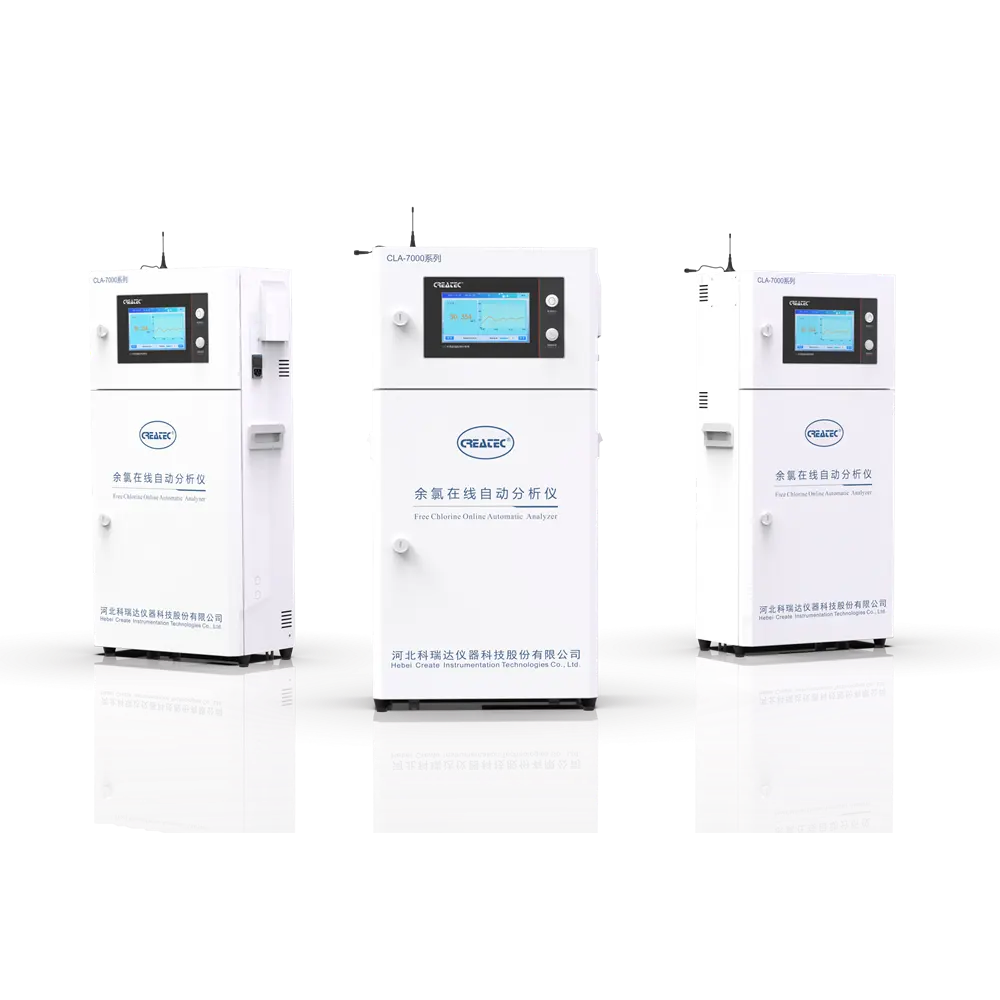
In conclusion, calibrating pH meters is essential for ensuring accurate and reliable measurements in various industries and scientific applications. Regular calibration helps to maintain the accuracy of the ph meter and ensures that it provides precise readings. By following proper calibration procedures and maintenance practices, users can trust the results obtained from their pH meters and make informed decisions based on the data collected. Investing time and effort in calibrating pH meters is a small price to pay for the confidence and reliability that accurate pH measurements provide.

